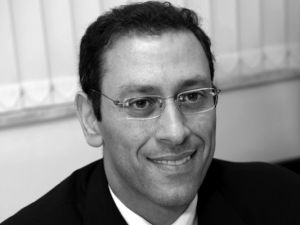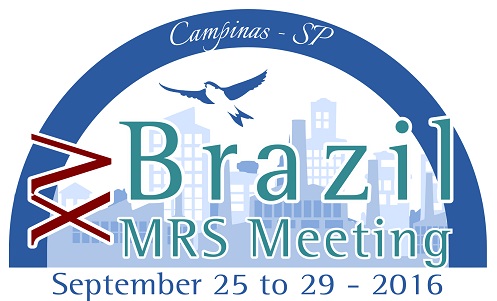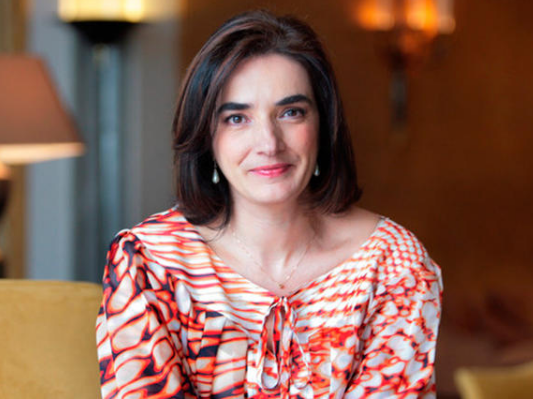
July 2008 was perhaps one of the most rewarding months in the professional career of the Portuguese scientist Elvira Fortunato, and also one of the busiest in media interviews. In fact, it was in July she learned she had won the competition of the European Research Council (ERC), winning EUR 2.25 million, the “Advanced Grant”, to conduct a project on transparent electronics. Titled “Invisible”, the project proposed the development of transparent transistors manufactured using metal oxides as semiconductor components, instead of the traditional silicon semiconductors. In addition to being transparent, these materials have an economic and ecological advantage, and improve the transistors performance.
July 2008 was also the month of extensive divulgation on the internet of a worldwide innovation developed under Elvira Fortunato’s leadership in the laboratory of Materials Research Center (CENIMAT), at the New University of Lisbon, located on the Caparica campus: the paper transistor. Fortunato and her team inserted the conductor and semiconductor components of the transistor on both sides of plain paper sheets (vegetable cellulose), using simple environmentally friendly manufacturing processes and carried out at ambient temperature. In addition to using paper as support, the Portuguese team broke new ground by giving this material an active role: to act as insulating component of the transistor. Different from traditional silicon based transistors, the paper based transistor of the Portuguese team is flexible, recyclable, made from renewable material and much cheaper. These features open up numerous application possibilities of “paper electronics” (a concept coined by Fortunato and registered by Paper-e®), from biosensors to smart packaging.
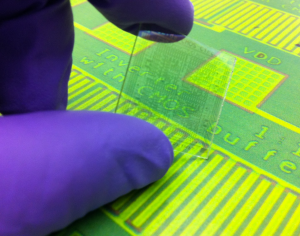
Elvira Fortunato’s attraction to science began in her childhood when she saw an onion cell under an optical microscope. Her passion for scientific research occurred in 1987 when Elvira, in her last year of the Engineering Physics and Materials course at the New University of Lisbon (UNL), had the opportunity to be part of the team at a microelectronic laboratory. Continuing her scientific training at UNL, Fortunato carried out research on amorphous silicon and obtained her master’s degree in semiconductor materials (1991) and a PhD in Materials Science specializing in microelectronics and optoelectronics (1995). In 1991 she began her teaching career at UNL. In 1998 she took over the directory of CENIMAT, a position she holds to this day. In 2012, she became Full Professor of the Department of Materials Science, Faculty of Science and Technology of the University. Since the end of 2015, together with six other European scientists from different fields, she is part of the first group of scientific advisors dedicated to strengthening the EU policies for scientific issues, the High Level Group of Scientific Advice Mechanism.
In nearly three decades of research, the materials scientist, whose H index is 54 according to Google Scholar, has about 500 published articles and more than 50 patents filed. Her scientific production includes more than 14,000 citations.
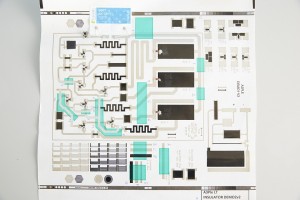
Elvira Fortunato has received dozens of awards from various entities; among them the “Grand Officer” of the Order of Infante D. Henrique, awarded by the President of the Republic of Portugal (2010). As for this year, the scientist has been honored with two major awards. Together with her husband, the scientist Rodrigo Martins, they are among the finalists for the European Inventor Award 2016, the European Patent Office, for the invention of the paper transistor. Moreover, the researcher was awarded by the European Academy of Sciences (EURASC) with the Blaise Pascal Medal for Materials Science 2016, which also makes her a fellow of this academy.
At the end of September, Elvira Fortunato will be in Brazil, in the city of Campinas (SP), giving a plenary lecture at the XV Brazil-MRS Meeting. The theme will be “green electronics”, a concept that covers the development of components and devices via environmentally friendly manufacturing processes, using materials such as cellulose produced by bacteria in addition to metal oxides, plain paper and nanostructured paper. Through a process of ingenuity, the speaker will show some of the many potential applications of these green devices.
Here is a brief interview with the Portuguese scientist.
SBPMat Newsletter: – In your opinion, what are the main research results of the work undertaken by you and your group in the field of invisible electronics and paper electronics? Are there any products or prototypes in the market? Any patents licensed? Are there advances in the manufacturing techniques? Could you to share with our readers references of articles or patents?
Elvira Fortunato: – In the area of transparent electronics the most immediate applications are in the area of flat-panel displays. The new generation of displays will switch to OLED technology over LCD and thin film transistors made of metal oxides have better performance to those used, the reason why they will replace the current amorphous silicon-based ones. There are prototypes in the market now, especially in the leading companies in this area, such as Samsung and LG.
In the electronic paper area, a more disruptive area, there are no products on the market as of now, but we believe that within the short/medium term it will be quite visible in the area of smart packaging and the internet of things. In terms of packaging, there are some prototypes, especially in the Nordic countries, such as in packaging for medicines.
We have several patents, and others in partnership with companies, in the field of electronic paper and transparent electronics.
You can get more information on transparent electronics and electronic paper:
- E. Fortunato, P. Barquinha, and R. Martins, “Oxide Semiconductor Thin-Film Transistors: A Review of Recent Advances,” Advanced Materials, vol. 24, pp. 2945-2986, Jun 2012.
- R. F. P. Martins, A. Ahnood, N. Correia, L. Pereira, R. Barros, P. Barquinha, et al., “Recyclable, Flexible, Low-Power Oxide Electronics,” Advanced Functional Materials, vol. 23, pp. 2153-2161, May 2013.
SBPMat Newsletter: – In your opinion, what are the next steps or challenges to reach a widespread green electronics?
Elvira Fortunato: – Scientific research associated with recent technological developments are increasingly moving toward a strong awareness of the environment and of the adverse effects of which we are now the victims, and which concerns the scientific community. I also believe that in this area the recent cop21 conference in Paris made great strides, in particular the “Paris Agreement”, a historic commitment signed by 195 countries for the Sustainable Development in 2030.
SBPMat Newsletter: – Please leave an invitation or message about your plenary speech to the readers who will participate in the XV Brazil-MRS Meeting.
Elvira Fortunato: – If you are interested in seeing how you can make dreams come true, come see the lecture “Green electronics: a technology for a sustainable future”.
——————
Link to the abstract of Elvira Fortunato´s plenary talk: http://sbpmat.org.br/15encontro/speakers/abstracts/4.pdf

